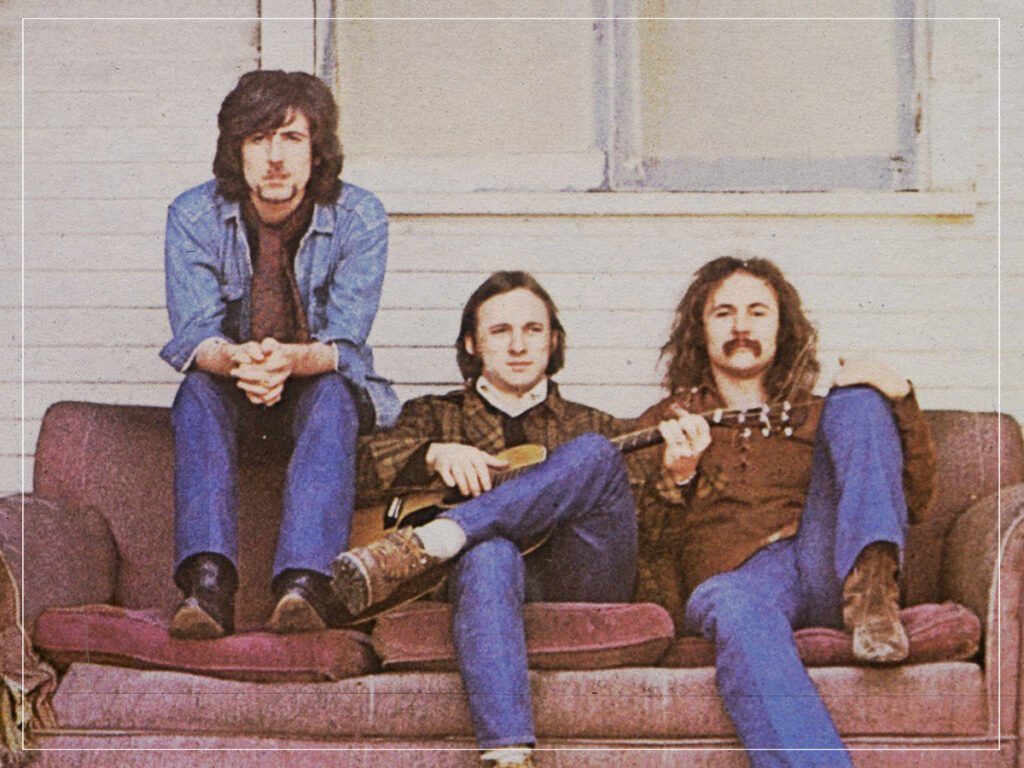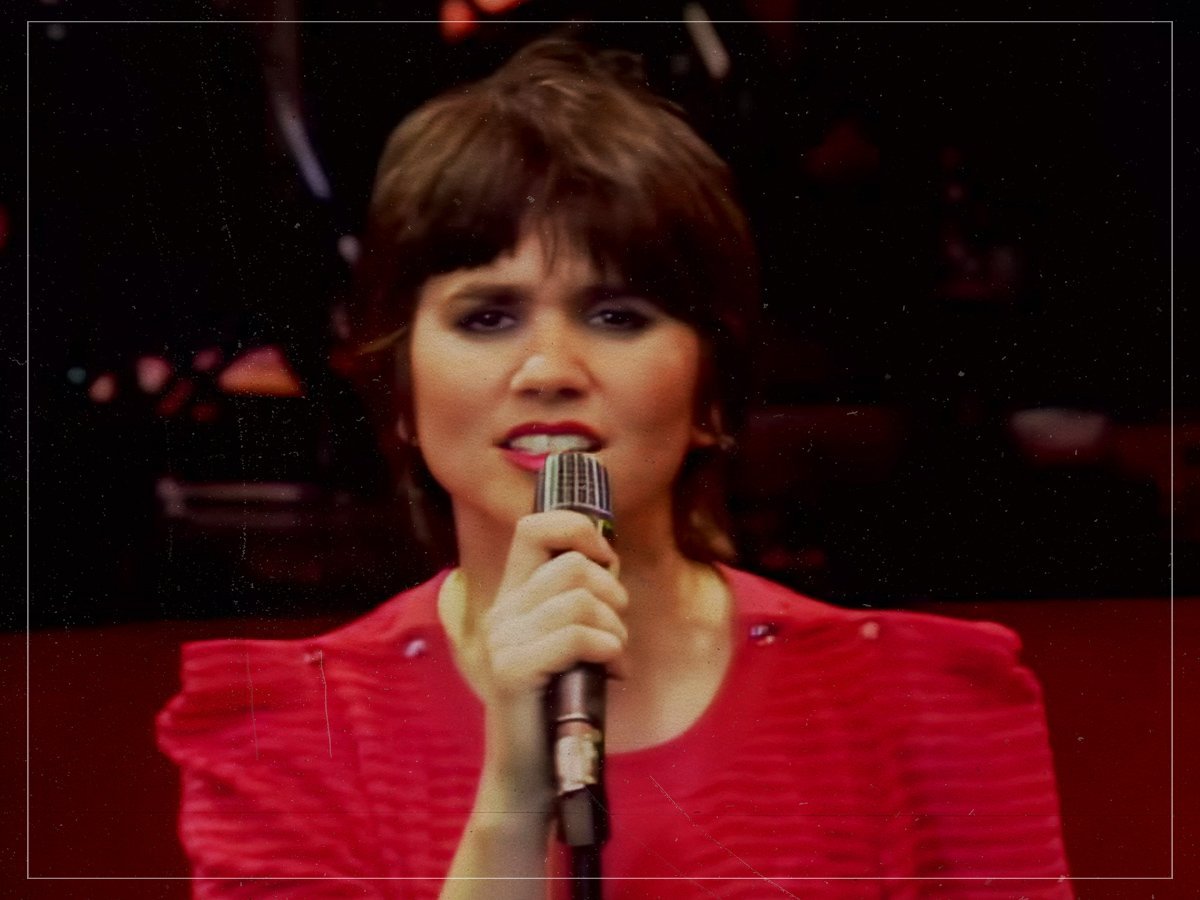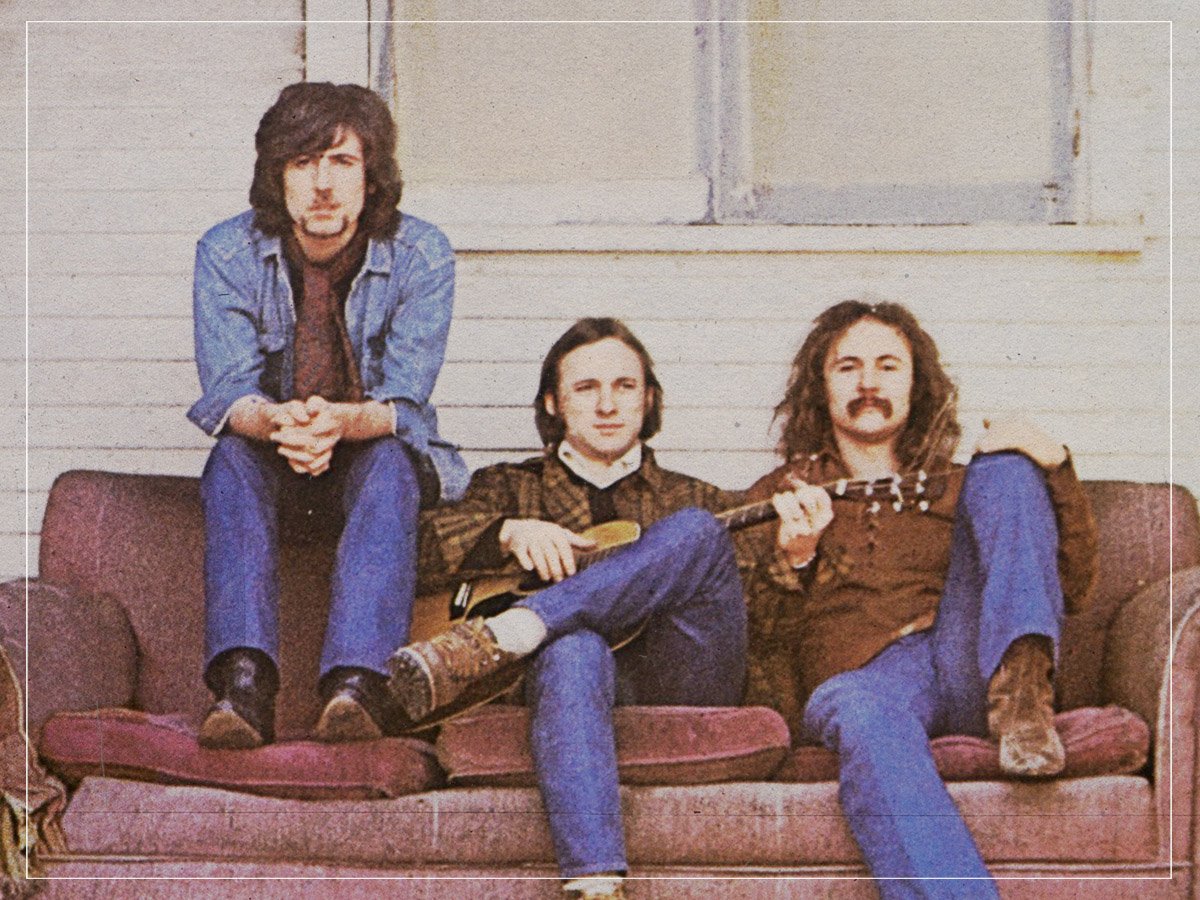
(Credits: Far Out / Atlantic Records)
The thing about being a mega Crosby Stills and Nash fan is that I rarely get bogged down in choice. Sure, when Neil Young joined the ranks in 1970 the band laid down another classic album and when he left soon after, the original three regrouped for a musical triumph in CSN.
But really, when it comes to the legacy of these merry men of harmonic dwellers, there is one album that is rightly and unanimously adored.
When the encyclopedic studying of rock’s classic albums became an imperative task to my adolescent self, all the familiar names came rushing forwards. Dark Side Of The Moon, Rumours and Sgt. Pepper were but a few of the cultural heavyweights passed my way, as my elders took me on a voyage of musical understanding. I knew about these albums before I heard them, and so listening to them, never truly felt that personal.
But then I was given the rather understated album artwork for Crosby Stills and Nash. These three scruffy representatives of the hippy age intrigued me sure, but what intrigued me more was the idea of an album I had no preconceptions of. And so, I played it, instantly enjoying the jangly guitar introduction of ‘Suide: Judy Blue Eyes’ before outrightly falling in love with the harmonic delivery of the first line.
To this day, it remains my favourite song, from one of my favourite all-time bands. It confirmed what would have been, at that point, a subconscious obsession with three-part harmonies and remains the perfect embodiment of musical escapism. A three-minute pop-rock song that then spirals into a reprise, celebrating the transcendental alchemy of these three voices with a simple performance of triplet “do’s”.
It was, as I would later find out through my Crosby Stills and Nash obsession, a quintessential Stephen Stills song. Almost like something you would imagine a cinematic songbird to conjure up, perfectly capturing the sunlit beauty of guitar-led songwriting. While David Crosby brought the necessary darkness to the Laurel Canyon troupe, and Graham Nash a sense of storytelling depth, Stills was the beating melodic heart of the band. And they knew it.
“In a sense, we knew what we were after,” David Crosby told Music Radar. “I had heard Stephen’s songs, and they were great. He was the up-and-coming young writer in LA. He was the guy with the best songs. So I started singing with him. [Sings] “In the morning when you rise”
The very fact that Crosby begins to sing the lyrics to ‘You Don’t Have To Cry’ in that quote tells you everything you need to know about Stills’ importance. For it was that song that started the band in the first place.
Deep in the Laurel Canyon hills, during a chance meeting between these three transatlantic musical brothers, it was the melody for ‘You Don’t Have To Cry’ that began it all. Or as Graham Nash more confidently put it, the song that meant “the world f**king changed from that moment.”
Related Topics






